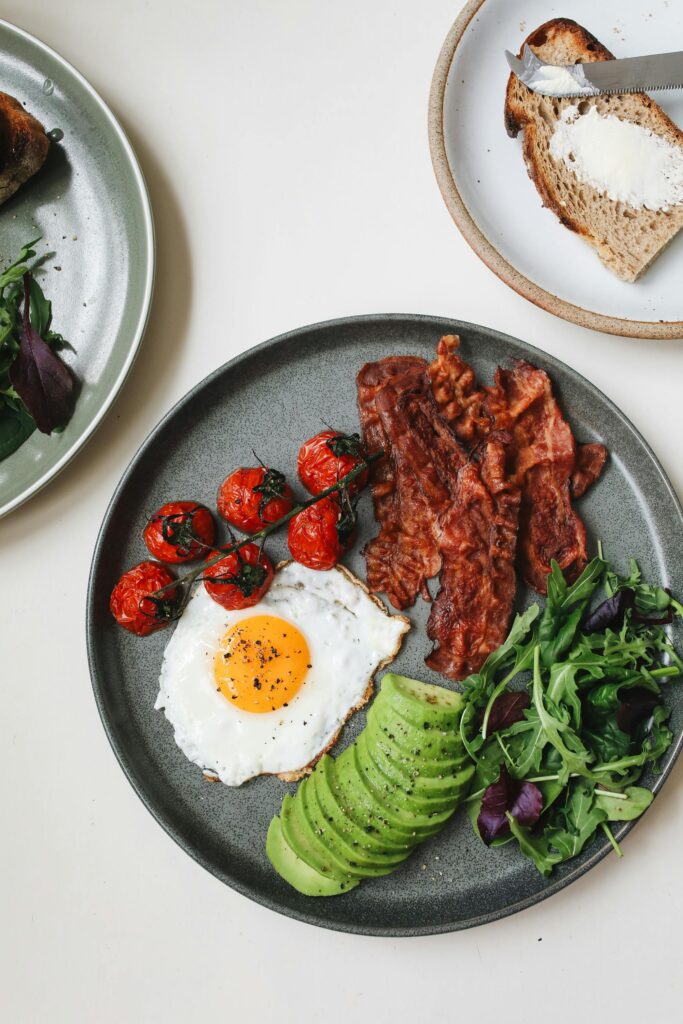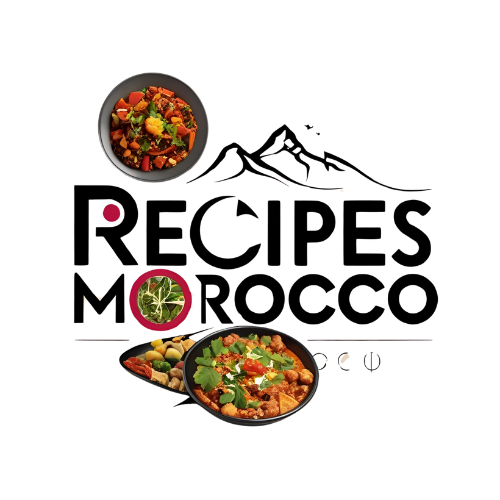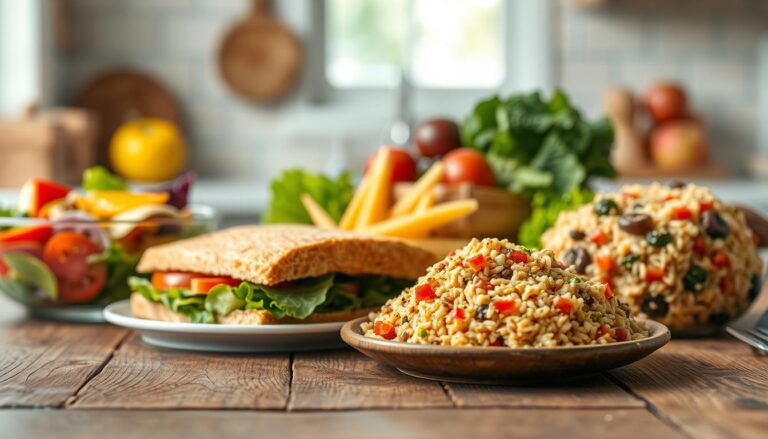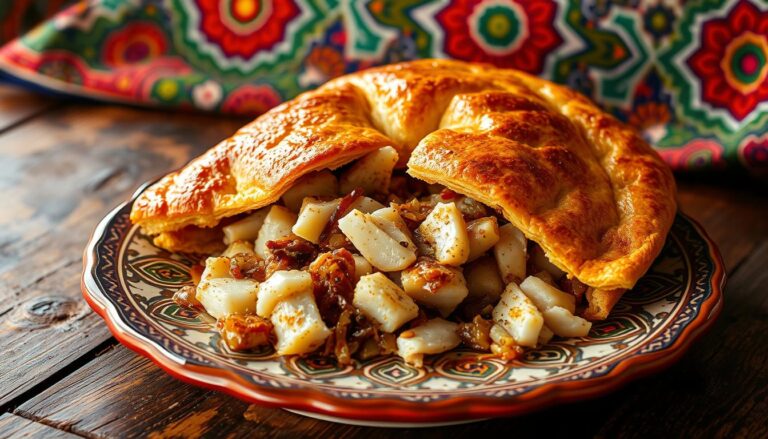Berber Cuisine’s Impact on Moroccan Cooking

The complex tapestry of Moroccan food is influenced by many different cultures, and Berber cuisine has greatly influenced the region’s gastronomic scene. The history of the Berbers, an indigenous group from North Africa, is intricately linked to the terrain they live on and dates back thousands of years. Moroccan cookery as a whole has been greatly impacted by their culinary traditions, which are distinguished by the use of regional ingredients, unusual cooking techniques, and distinctive flavors. Berber cuisine provides a window into Morocco’s rich and diverse culinary culture, from the robust tagines and aromatic couscous to the deft use of spices and herbs. By looking at its historical origins, essential ingredients, traditional recipes, cooking methods, cultural relevance, and development in modern Moroccan culture, this article will examine the significant effect of Berber cuisine on Moroccan food.
The Origins of Berber Cuisine in History
When the Berber people wandered the North African mountains and deserts in antiquity, the origins of Berber cuisine may be found. Their utilization of regional foods and customary culinary techniques was influenced by their nomadic existence and intimate connection to the earth. The Berbers grew wheat and barley, which were mainstays of their diet and served as the foundation for classic recipes like couscous. Their culinary range was further enhanced by the introduction of spices and plants via trading channels. While maintaining its distinct identity, Berber cuisine has incorporated elements from several cultures over the years, including Arab, Andalusian, and Mediterranean. Berber customs continue to be an essential part of Morocco’s culinary legacy, and this historical development has set the groundwork for the vivid flavors and cooking methods that characterize Moroccan cuisine today.
Essential Components of Berber Food
A few essential components that highlight the area’s agricultural abundance and the ingenuity of the Berber people are at the core of Berber cuisine. Bread and couscous are made with grains, especially barley and wheat, which are fundamental. Legumes, like lentils and chickpeas, are very common and offer vital nutrients and protein. The Berbers also use a range of vegetables, such as potatoes, squash, and carrots, which are frequently grown in family gardens or purchased from nearby markets. Spices are essential for adding flavor to Berber cuisine; saffron, cumin, and coriander are frequently utilized. The importance of olive agriculture in the area is reflected in the fact that olive oil is the main fat used in cooking. These components emphasize the close ties that exist between the Berber people and the land they live on, in addition to adding to the distinctive flavors of Berber cuisine.
Customary Berber Foods
A range of traditional meals that highlight the culture’s unique flavors and cooking methods are part of Berber cuisine. Couscous, a staple prepared from semolina wheat and frequently served with a variety of vegetables and meats, is one of the most recognizable Berber foods. In order to allow the couscous to absorb the flavors of the other ingredients, it is traditionally steamed in a special pot known as a couscoussier. Tagine, a slow-cooked stew named for the clay pot it is made in, is another well-liked dish. Lamb, chicken, or vegetables are frequently featured in Berber tagines, which are seasoned with a variety of herbs and spices. Another mainstay in Berber homes, particularly during Ramadan, is harira, a filling soup made with tomatoes, lentils, and spices. In addition to representing the Berber people’s culinary legacy, these traditional dishes form the cornerstone of Morocco’s larger gastronomic scene.
Methods of Cooking in Berber Cuisine
Simple cooking methods and a profound regard for the ingredients are hallmarks of Berber cuisine. The main technique for preserving the moisture and flavor of grains is steaming, particularly when making couscous. Tender meats and fragrant stews are the product of slow cooking in tagines, which helps to blend the flavors of the components. Using communal cooking techniques, such cooking over an open fire, helps family members feel more connected to one another. The authenticity of the Berbers’ cuisine is further enhanced by their frequent use of clay pots and traditional equipment. By highlighting the value of shared meals and experiences, these methods not only maintain the natural flavors of the products but also represent the traditional values of the Berber people.
Flavors & Spices in Berber Cuisine
Berber cuisine relies heavily on spices to give its meals depth and complexity. While more aromatic spices like saffron and cinnamon are saved for rare occasions, cumin, coriander, and paprika are frequently used. In order to create dishes that are harmonious, Berber cuisine frequently emphasizes the balance of flavors by blending savory and sweet ingredients. A tagine, for example, can have a blend of nuts, spices, and dried fruits, creating a dish that is complex and rich. The Berber people’s culinary expertise and capacity to produce mouthwatering flavors are reflected in the meticulous selection and combining of spices. Moroccan cuisine as a whole has been greatly impacted by this reliance on spices, which has helped to establish its reputation for strong, fragrant flavors.
The Cultural Importance of Berber Food
Berber food is ingrained in the Berber people’s social customs and cultural identity, making it more than just a means of subsistence. Families and friends get together for traditional meals to exchange food and tales, which are frequently social gatherings. Rituals that emphasize hospitality and generosity accompany the cooking and consumption of foods like tagine and couscous. Sharing a meal is considered a sacred gesture in Berber culture, and eating is a way to show love and respect. In order to strengthen cultural links and heritage, traditional dishes are frequently prepared during festivals and festivities. As a result, Berber food promotes a sense of continuity and belonging among generations by acting as a live example of the Berber people’s values and customs.
Moroccan Cuisine Has Berber Influence
Berber food has had a significant and wide-ranging impact on Moroccan cooking. Berber culinary traditions are the origin of many of the staples of Moroccan cuisine, including tagine and couscous. Moroccan cuisine has been enhanced by the use of regional products, spices, and cooking methods, resulting in a wide variety of dishes and flavors. Furthermore, Moroccan dining culture, which values sharing food, has been influenced by the communal nature of Berber meals. The focus on in-season, fresh ingredients and the deft use of spices have become hallmarks of Moroccan cooking, demonstrating the long-standing influence of Berber cooking techniques. A lively and dynamic culinary tradition that respects its origins while continuing to develop is the outcome of this blending of Berber and other cultural influences.
Modern Berber Food
Modern Berber cuisine is undergoing a renaissance as Moroccan food becomes more well-known worldwide. Both home cooks and chefs are experimenting with traditional recipes while incorporating contemporary presentation and technique. With a wide variety of meals that honor the rich flavors and cultural legacy of the Berber people, restaurants specializing in Berber cuisine are starting to appear. Furthermore, organic and sustainable farming methods, which complement traditional Berber agricultural techniques, are gaining popularity. This current method ensures that the essence of Berber cuisine is maintained while adjusting to modern preferences by promoting the use of seasonal and local ingredients. In addition to paying tribute to the past, the resurgence of Berber culinary customs demonstrates Moroccan cuisine’s capacity for inventiveness and invention.
In conclusion
The region’s rich cultural legacy and culinary diversity are demonstrated by the impact of Berber cuisine on Moroccan cooking. Berber cuisine has greatly influenced Morocco’s culinary scene, from its historical origins and essential ingredients to its traditional dishes and cooking methods. The strong ties that exist between food and identity are highlighted by the Berber society’s emphasis on group meals, careful use of spices, and the cultural significance of food. The long-standing history of Berber culinary traditions continues to play a crucial role in the development of Moroccan cuisine, guaranteeing the celebration and preservation of the Berber people’s customs and flavors. Examining the impact of Berber cuisine enhances our knowledge of Moroccan food and encourages us to recognize the vast variety of flavors that characterize this exceptional culinary heritage.



